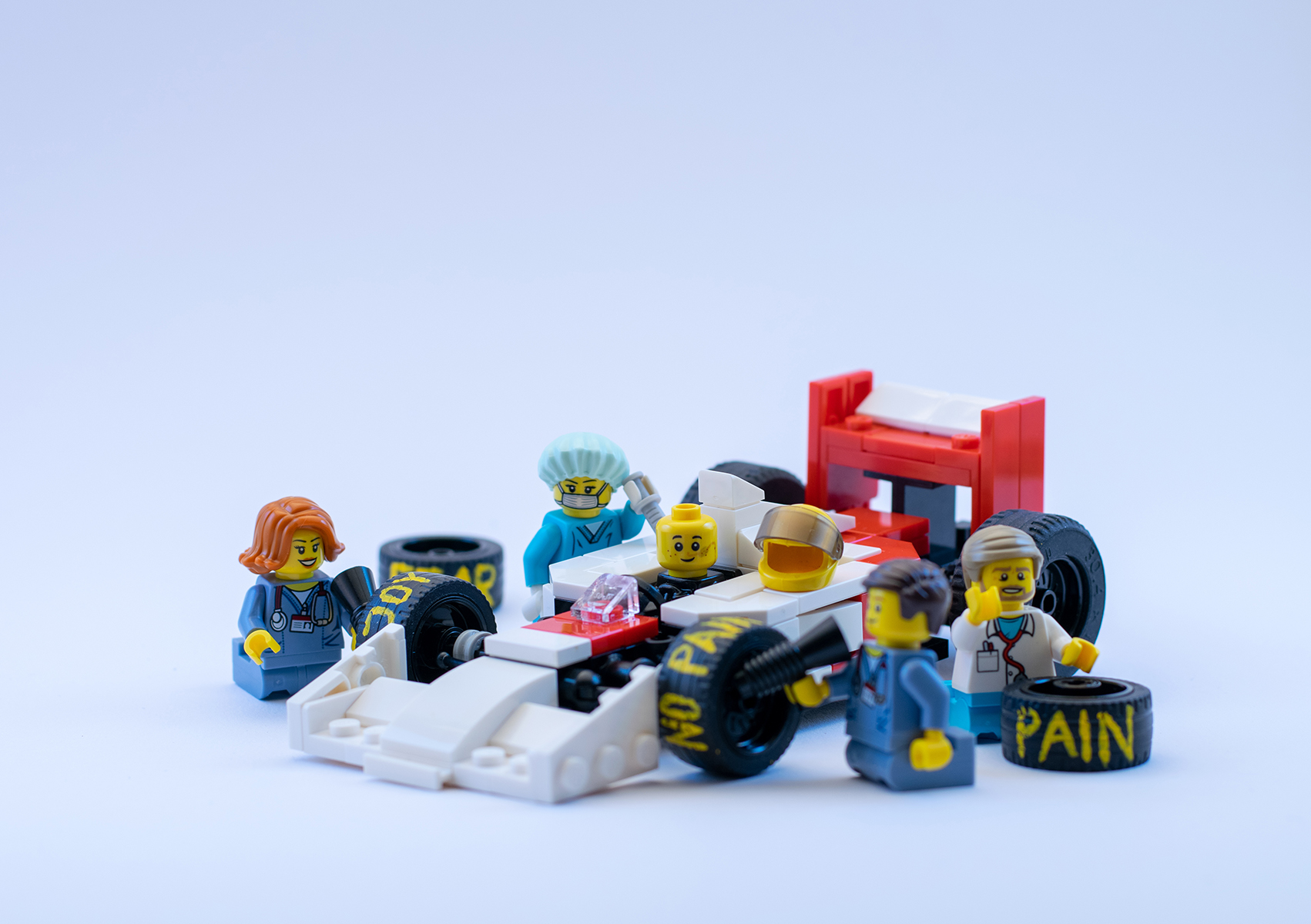Nieuwe richtlijnen bij kinderkanker verminderen bijwerkingen en pijn
Meer aandacht voor het welzijn van kinderen die behandeld worden voor kanker, kan levens redden. Dat stelt kinderarts-in-opleiding Erik Loeffen van het Universitair Medisch Centrum Groningen in zijn proefschrift getiteld “Perfect Pitstops”. ‘In de Formule 1 zijn er regelmatig pitstops nodig zijn om de auto op te knappen en beter af te stellen. Zo zijn er in de behandeling van kinderkanker regelmatig ‘pitstops’ nodig om bijwerkingen te evalueren en behandelen. De behandeling voor kanker is een zwaar en langdurig traject. Het verhogen van de kwaliteit van leven van kinderen tijdens en na deze behandeling is een belangrijke stap naar betere zorg voor kinderen met kanker.’ Hij promoveert op 3 april aan de Rijksuniversiteit Groningen.
De behandelingen voor kinderkanker zijn in de afgelopen decennia sterk verbeterd. Zo stierven zestig jaar geleden nog vrijwel alle kinderen aan leukemie, terwijl nu negen van de tien kinderen deze ziekte overleeft. ‘De behandeling was steeds gericht op genezing,’ legt Loeffen uit. ‘Maar kan wel ernstige bijwerkingen hebben. Soms zijn die zo ernstig dat een kind overlijdt aan de bijwerkingen, bijvoorbeeld een infectie of bloeding.’ Maar ook als kinderen niet overlijden aan de bijwerkingen, kunnen ze er veel last van hebben. Op korte termijn gaat dat bijvoorbeeld om pijn, haaruitval en angst. Op de lange termijn kunnen er door de behandeling hartproblemen ontstaan, onvruchtbaarheid, groeiachterstand, een lagere intelligentie en psychische klachten.
Richtlijn prikken
‘Er is nog te weinig aandacht voor het welzijn van het kind tijdens de behandeling en het voorkomen van bijwerkingen,’ constateert Loeffen. Hij richt zich in zijn proefschrift daarom op deze ondersteunende zorg, bijvoorbeeld om pijn tijdens prikken te voorkomen. ‘Kinderen met leukemie worden in twee jaar meer dan honderd keer geprikt. Dat kan veel angst geven en op lange termijn tot een angststoornis en zorgmijding leiden.’ Op basis van bestaande onderzoeken ontwikkelde Loeffen in samenwerking met experts en patiënten een internationale richtlijn prikken. ‘De richtlijn raadt bijvoorbeeld aan om altijd verdovende zalf te gebruiken, beenmergpuncties altijd onder volledige narcose uit te voeren en altijd aan het kind te vragen hoe die afgeleid wil worden.’
Bescherming van het hart
Een andere richtlijn richt zich op het geven van antracyclines, een veel gebruikte behandeling bij kinderkanker. ‘We weten dat dit middel effect heeft op het hart. Eén op de tien patiënten krijgt jaren na de behandeling last van hartfalen. Als het middel langzaam toegediend wordt in plaats van veel in één keer, kan dat het hart beschermen. Daarom is nu het advies om het middel via infuus langzaam toe te dienen, in minimaal een uur.’
Richtlijnen in de praktijk
Een deel van de richtlijnen die Loeffen heeft ontwikkeld en verbeterd worden in de praktijk al gebruikt. Zijn onderzoek gaat door. Naast een opleiding tot specialist Kindergeneeskunde blijft Loeffen zelf nog één dag in de week onderzoek doen. Daarnaast worden twee promovendi aangesteld die het effect van de richtlijnen verder gaan onderzoeken. ‘Nu we zoveel kinderen met kinderkanker kunnen genezen is het van groot belang dat we gaan nadenken hoe we zo kunnen behandelen dat de uitkomsten voor de kinderen zo goed mogelijk worden. Zodat we met betere pitstops een beter resultaat bereiken.’
Curriculum vitae
Erik Loeffen (1987, Wageningen) studeerde geneeskunde aan de Rijksuniversiteit Groningen. Hij verrichtte zijn onderzoek bij de afdeling kinderoncologie van het UMCG, waar hij tevens wekelijks als arts kinderen met kanker behandelde op de polikliniek. De titel van zijn proefschrift is: ‘Perfect Pitstops - Towards evidence-based supportive care in children with cancer’. Zijn onderzoek is gefinancierd door de stichting Alpe d’HuZes. Momenteel is hij in opleiding tot kinderarts in het Medisch Centrum Leeuwarden.

Meer nieuws
-
20 oktober 2025
Biotech Booster-financiering voor Haplotagging
-
17 juli 2025
Veni-beurzen voor elf RUG-onderzoekers
